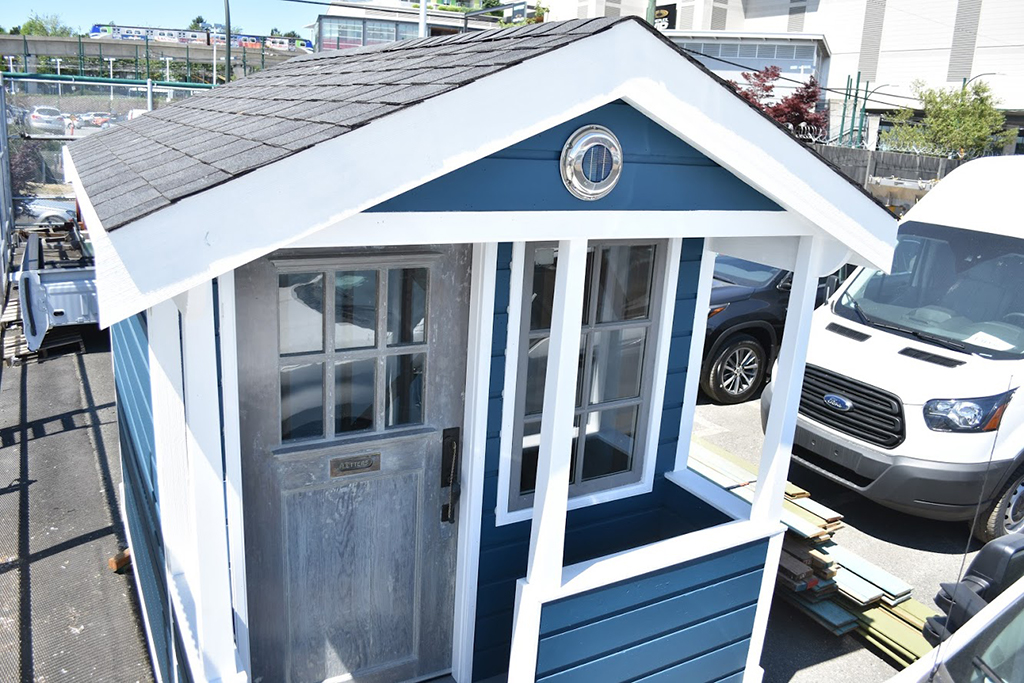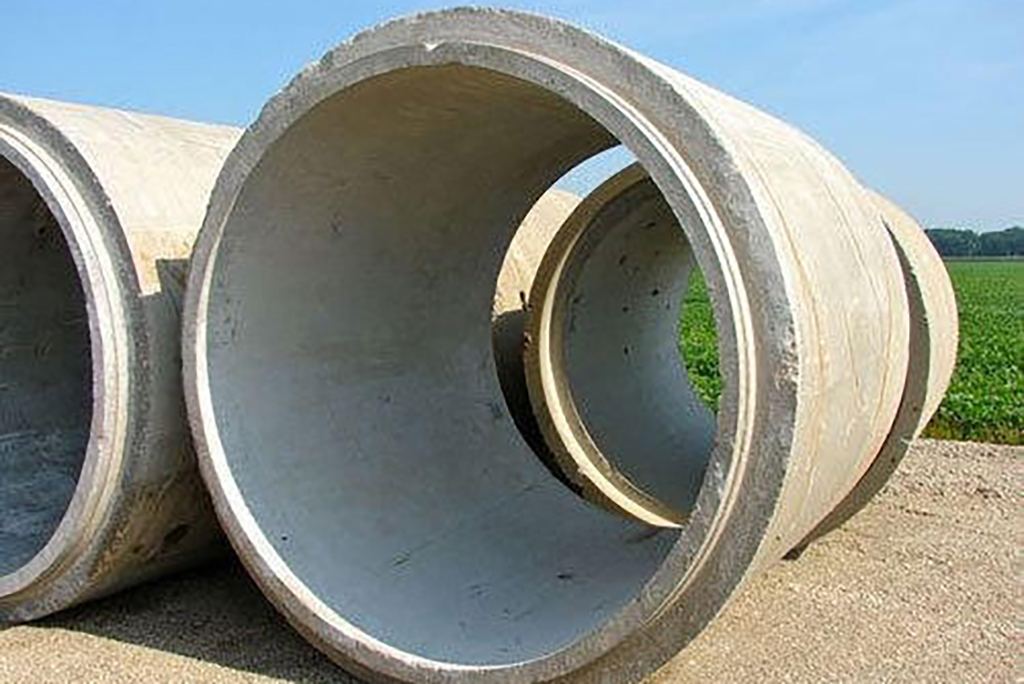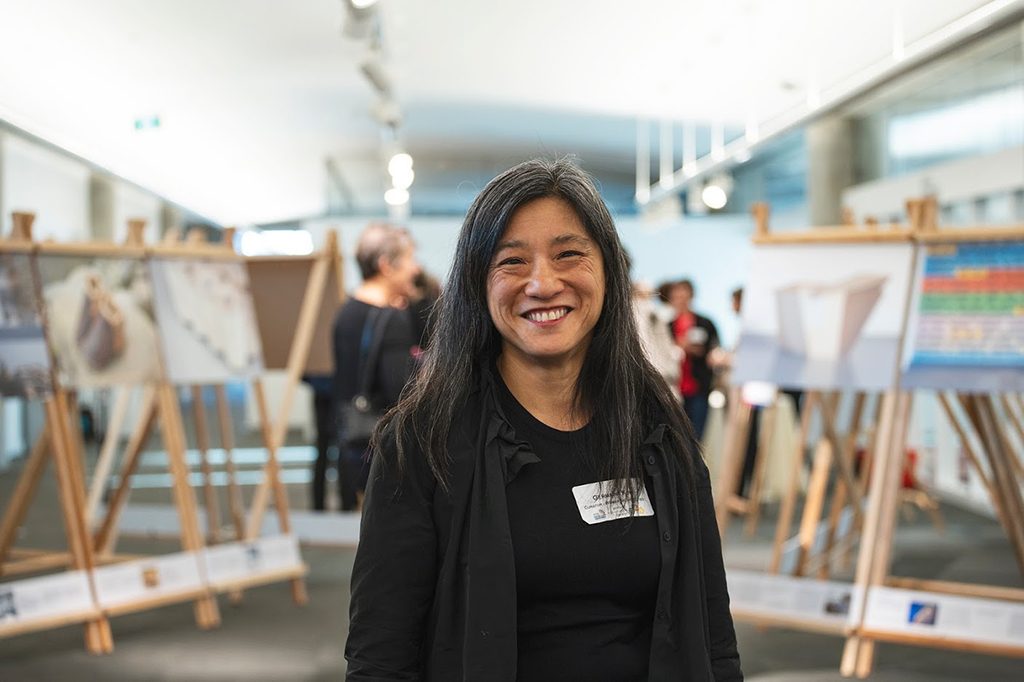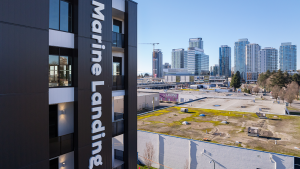VANCOUVER – The City of Vancouver is mixing art with infrastructure.
The city’s engineering department is partnering with Germaine Koh, their first artist in residence, on a series of works combining artistic expression with the city’s own pipes, public space and demolition materials.
“The idea is that we do so much work around infrastructure that it would be great to help the public to understand our infrastructure work and also support local artists and their work in the community,” City of Vancouver Green Operations Division director Marisa Espinosa said.
Koh said her artwork reflects her interest in “how systems come together.”
“I don’t have an engineering background, but my artwork has had to do with looking at systems in the world around us. I’ve done work with interactive electronics and worked with experts through years and I like to learn from people who I work with, so I’ve picked up some things along the way,” Koh said.
While the city went through a competition process to find the right person to become their first engineering artist in residence, Espinosa said once they saw Koh’s previous work they knew she was the right choice.
“We were surprised by how many artists applied for the program, but Germaine is a perfect fit. She really understands systems and her themes are about how to make systems visible. She’s so spot on with her vision that is was a really nice pairing,” Espinosa said.
The three projects each take a different aspect of Vancouver’s built environment and integrate it with the surrounding community in different ways. On July 13, the first project created a “sewer time capsule” on the Charles St. Blvd. east of Nanaimo St in East Vancouver, where members of the community painted on a pipe that will then be used with sewer upgrades in the area.
“These pipes last about 100 years, so they make their mark and then it goes underground,” Espinosa said.
“The community can always feel like they had a little part to play in the infrastructure that lies below their street, and it’s a concrete connection with sewer works that also serves to demystify infrastructure,” Koh said.
Another pipe project is a “Sewerscape” installation on Charles Street Boulevard due for completion in early 2020 which will taka large 140 cm diameter pipe and place it in a green space with a fine wood lined interior.
“It’s visibly concrete pipe but it’s also a warm enclosed pipe ‘shelter,’ a potential gathering place that feels something like a public space and a domestic space,” Koh said.
“It’s essentially a tactile public art installation that will make people say ‘wow, this is a huge piece of infrastructure right under our feet’,” Espinosa added.
The third project is a ‘demo model’ using materials gathered through Vancouver’s demolition of homes under the Green Demolition bylaw. A small model based on vintage “craftsman” homes that were demolished under the bylaw will serve as a book depository and will be toured throughout the city before final installation at the Vancouver Zero Waste Centre (formerly recycling depot.)
“It’s a demonstration of how valuable materials that would otherwise go to a landfill are being reused and it’s also paying tribute to older styles of building that are gradually being lost,” Koh said. “It’s also a tribute to the skilled workers in the engineering department, as the structure is being built by carpenters in city shops.”
Koh said the idea behind the residency program is to utilize creativity in an efficient manner from within the department.
“They decided to have someone embedded in engineering services for period of one to two years with the idea that it’s a more efficient way of introducing creative design in infrastructure projects than working with external public artists. There’s always a kind of distance between an artist coming in at the end of project vs bringing someone in and embedding them in the project,” Koh said.
“The idea is to do future calls for different artists as well,” Espinosa said. “This builds the foundation, and Germaine has been instrumental in setting up partnerships with the arts community.”

1/2
CITY OF VANCOUVER - A book depository patterned after Vancouver’s vintage ‘craftsman’ homes was built entirely from material reclaimed from demolitions.











Recent Comments
comments for this post are closed